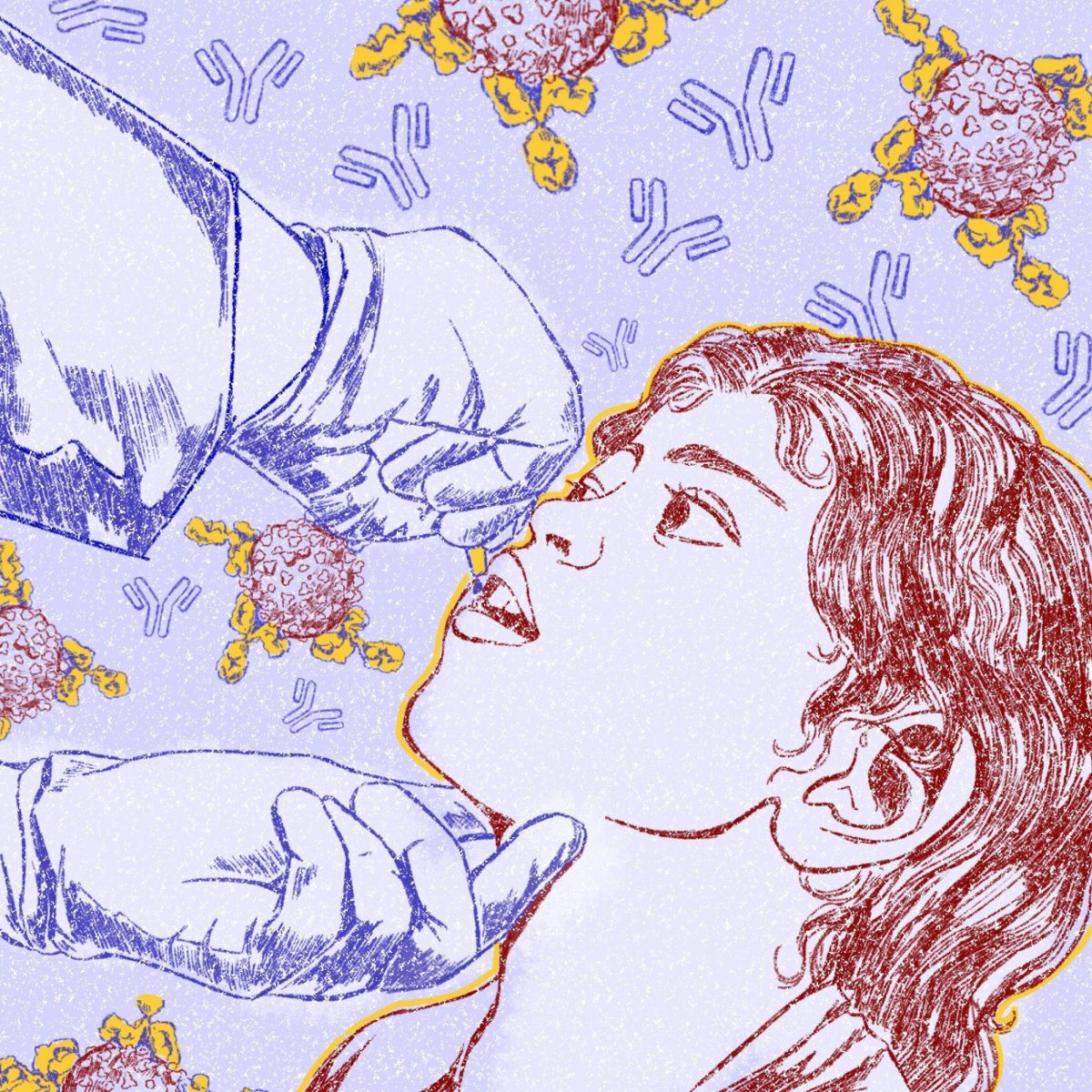UT researchers developed a mug-sized device shown to clear 99% of bacterial cells in water using electrical impulses, according to a paper published in May.
Most bacteria swim as a method of accessing food, lead researcher D. Emma Fan said. The device applies an electric field to manipulate the swimming direction of bacteria towards the electrode where they are captured.
Most water filtration devices currently on the market use a pressurized water system or a pump system to filter water, which expends a lot of energy and reduces the convenience of those other devices, Fan said.
“(The device) leverages the nature of swimming of bacteria, meaning that the bacteria are swimming towards the electrode,” Fan said. “So, we do not spend a lot of energy at all, and we capture the bacteria in the electric field.”
The device is designed to purify the water without releasing additional contaminants, meaning it’s safe for human use, project researcher Yifei Liu said.
“Metal forms are not stable under the voltage application because it will dissolve into the water, which will be additional contamination,” Liu said. “Graphite, which has basically the same shape, will be much more chemically stable under the electrical field application.”
The team is currently working on expanding the scalability of the product to purify large quantities of water for practical use, Fan said. The goal is to make the device readily available to consumers.
“I hope to sell it on Amazon,” Fan said. “If the technology in principle can purify a swimming pool with low energy costs, it’s really affordable to people.”
As climate change progresses, the frequency and magnitude of natural disasters and inclement weather continue to increase, Fan said.
“We have observed the really devastating Hurricane Harvey in Houston … and then in 2021, I personally experienced a historical winter storm in Austin,” Fan said. “We were out of electricity and then out of drinkable water.”
Individual preparation has become more necessary given the devastation of intense weather events, Fan said. The device was developed to cater to people in need of water during disastrous events.
“When there’s a major disaster in highly populated areas, a rescue effort will be very, very difficult,” Fan said. “Access to drinkable water would be a priority. When (natural disasters) happen, people can go through some major water resources like ponds in their backyard or creeks or streams or rivers and lakes, and they can use this device to produce drinkable water.”
Further improvements are being considered to streamline the purifying process, including reducing the purification time and optimizing energy efficiency. Additionally, the team is looking to extend the applications of the device beyond removing bacterial cells, Liu said.
“Bacteria may not be the only contaminants of concern from natural water, there might be some other hazardous metal ions in natural water,” Liu said. “Our final goal is to get a device that can provide drinkable water during inclement weather or extreme situations.”













